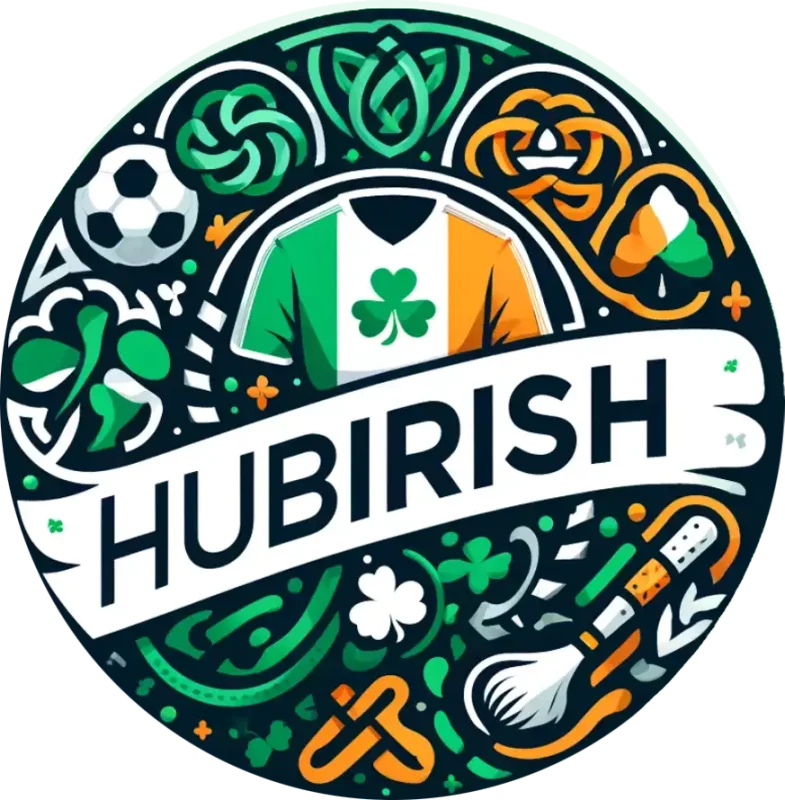“I’d Rather Be a Rebel Than a Martyr” — The Day the Irish Flag Was Raised in the Heart of Occasional Peace
Estimated reading time: 7 minutes
Key Takeaways
- The Irish flag symbolizes resilience, pride, and the spirit of rebellion.
- 1998 marked a pivotal moment in Irish history with the Good Friday Agreement.
- The narrative of Irish identity intertwines with the diaspora across the globe.
Table of Contents
Introduction
The Heart of the Story
The Wider Echo
The Now & The Next
Did You Know?
FAQs
Final Word
Introduction
Ah, the Irish flag! A thing of beauty and strife, green for the hills that cradle our dreams, white for the peace we chase, orange for the battles that never quite fade. Now, imagine the tale I’m about to weave — a tale of rebels and all that rebellious joy wrapped up in our weathered hearts. It’s a story that challenges the notion of sacrifice; a tale of making a stand in a land soaked with history, loss, hope, and enough fire to light a thousand bonfires. But on that fateful day, with the Irish flag hoisted high, it wasn’t the martyrs we hoped to glorify, but the rebels who dared to claim their space in the world, and that’s where our heartbeats collide.
The Heart of the Story
Picture this: a bustling pub in Waterford, on the eve of a momentous gathering. The air thick with expectation — it’s 1998, and the Good Friday Agreement has become more than scribbles on a page. Peace was a whisper, a prayer, echoing through the ancient stones of Ireland. But not all were thrilled. A rebel with his pint raised declared, “I’d rather be a rebel than a martyr!” The crowd roared and pondered — the rebels were alive, reminding us that doing nothing is a crime greater than wearing our wounds. Amidst political chatter, they raised the Irish flag high above the pub as a statement of pride, that on a night when midnight would bless our land, our spirits could rise too.
The Wider Echo
Fast forward to today — in city streets from Dublin to Derry, the Irish flag flaps, yet its fabric carries the weight of our fragmented past. The truth is, the flag symbolizes something noble but drenched in the rebellion that made it sacred. “Politics is the art of the possible,” said a wise sage once, but we Irish know better — it’s always about the impossible dream. It’s about rallying under that tricolor while remembering those who gave their lives, not just for martyrdom, but for a future we could weave. With each flutter, our flag speaks to the diaspora, reminding our brothers and sisters from Boston to Sydney that their roots are glued to ours, stitching together stories of grit, laughter, heartache, and resilience.
The Now & The Next
But here we stand, my friends, on a precipice of change still. Housing crises and political squabbles echo like restless spirits in a cauldron of discontent. Crack open a conversation in a Dublin café, and you’ll find young rebels sipping coffee, plotting, not for revolution, but for real lives, inclusive towns, and a joy that knows no bounds. Our history is a dance — one foot in the past, one in the now, a delicate step that makes us who we are today. As our flags wave, so do our spirits — claiming our identity as we push against the tide, from the fields of Kerry to the rooftops of New York.
Did You Know?
- The Irish flag first flew at the GPO during the 1916 Easter Rising, a direct challenge against colonial rule.
- A staggering 70 million people worldwide claim Irish ancestry, a testament to the strength of our spirit beyond borders.
FAQs
What does the Irish flag symbolize for the Irish diaspora?
The flag represents unity, pride, and the deep roots that connect us across oceans. Whether you’re sporting a school crest in Boston or a Kerry jersey in San Francisco, it echoes a shared identity. You can find more about county pride with our GAA jerseys, celebrating that bond.
Why do we celebrate rebellion in Irish history?
Simple: rebellion runs in our blood. It signifies courage, the spirit to challenge oppression, sparking change and resilience. Our stories are built by those who dared to defy the odds, like the rebels of 1916. While some don jerseys, we all wear that pride, and we invite you to explore the rich traditions in our GAA — a way to keep that spirit alive.
Final Word
Raise your pints high and let the stories flow, for the rebels who refused martyrdom give us life anew. So if you carry the same pride we do, dive deep into the heart of what it means to be Irish, and you’ll find a piece of home waiting at
HubIrish.com.
